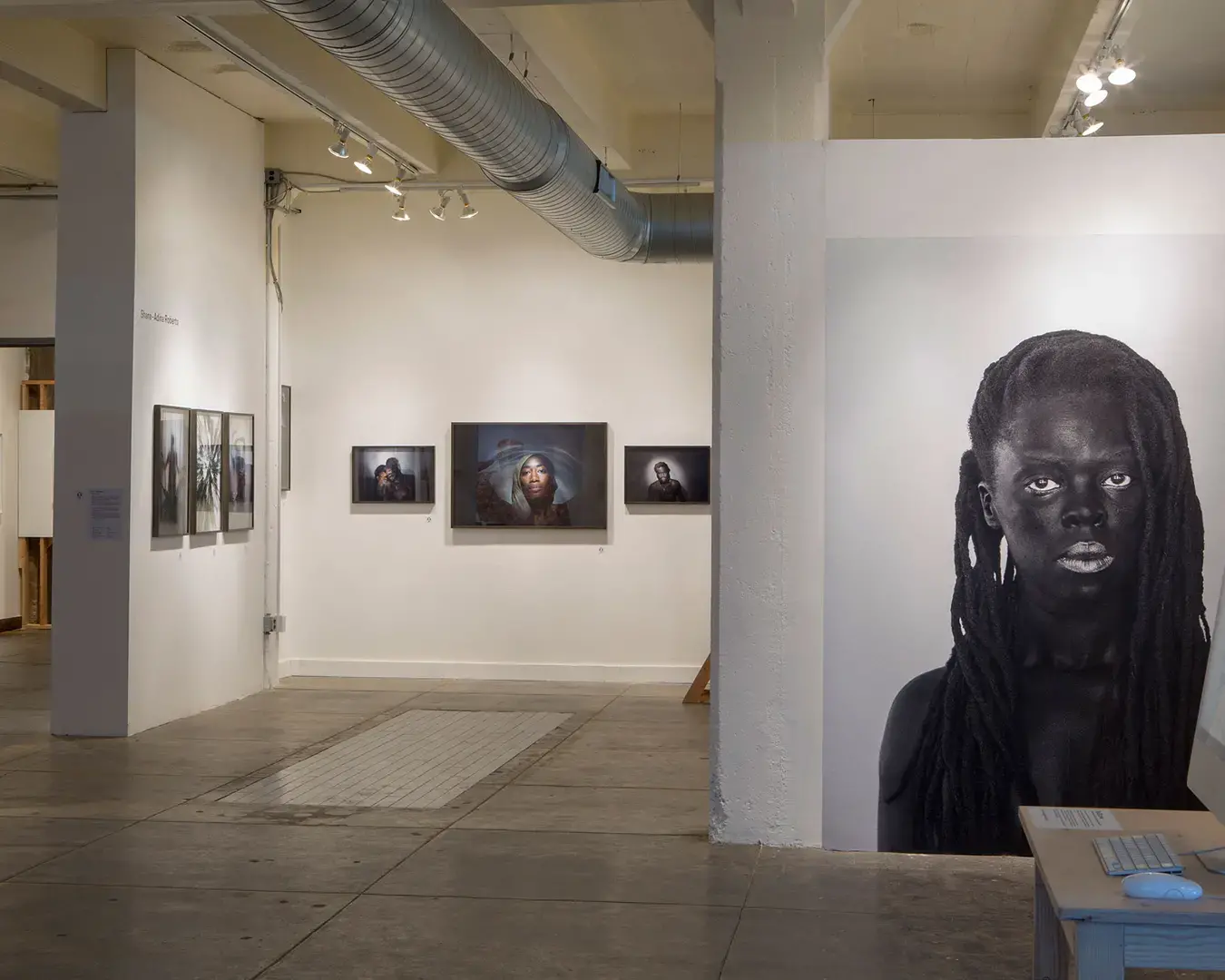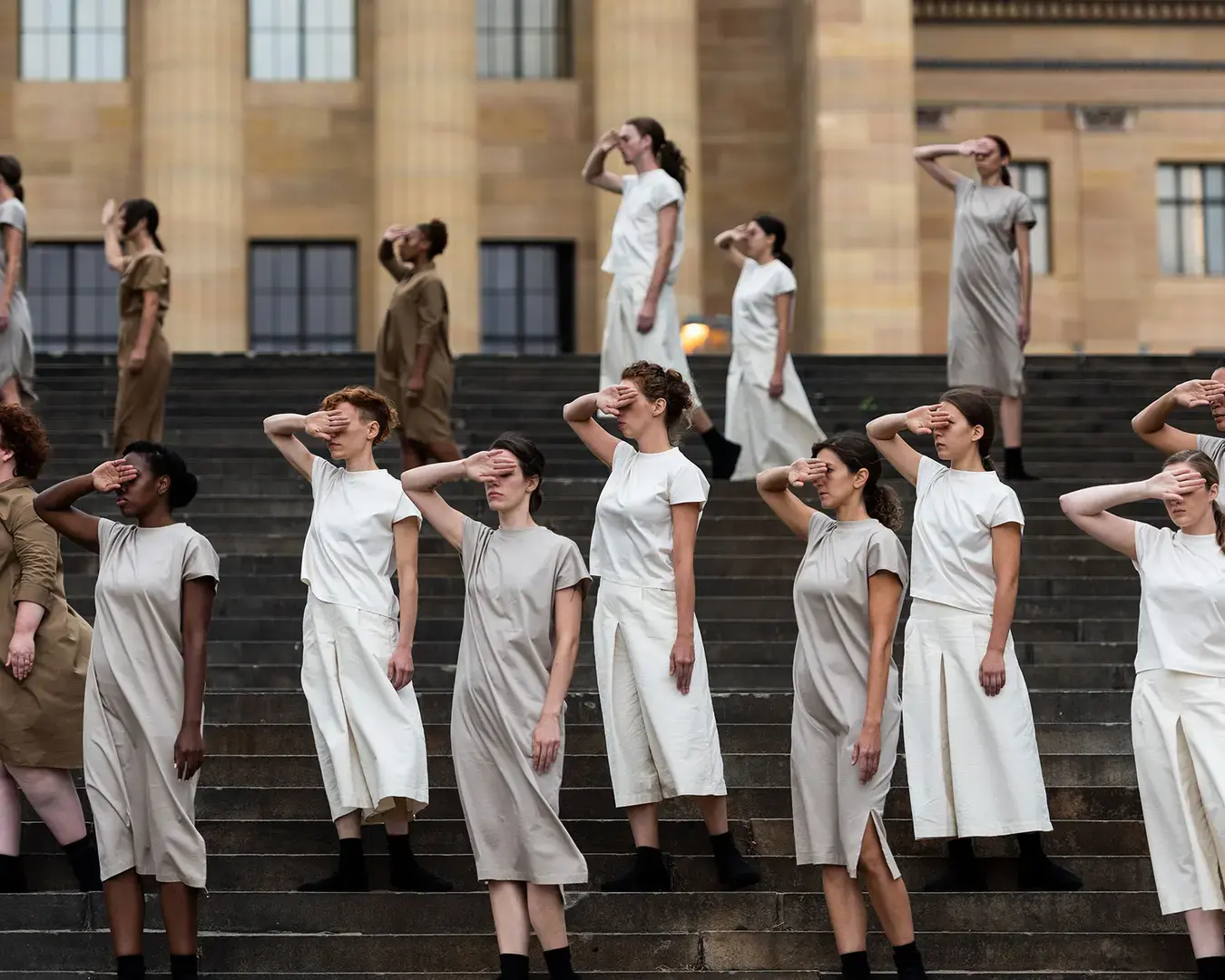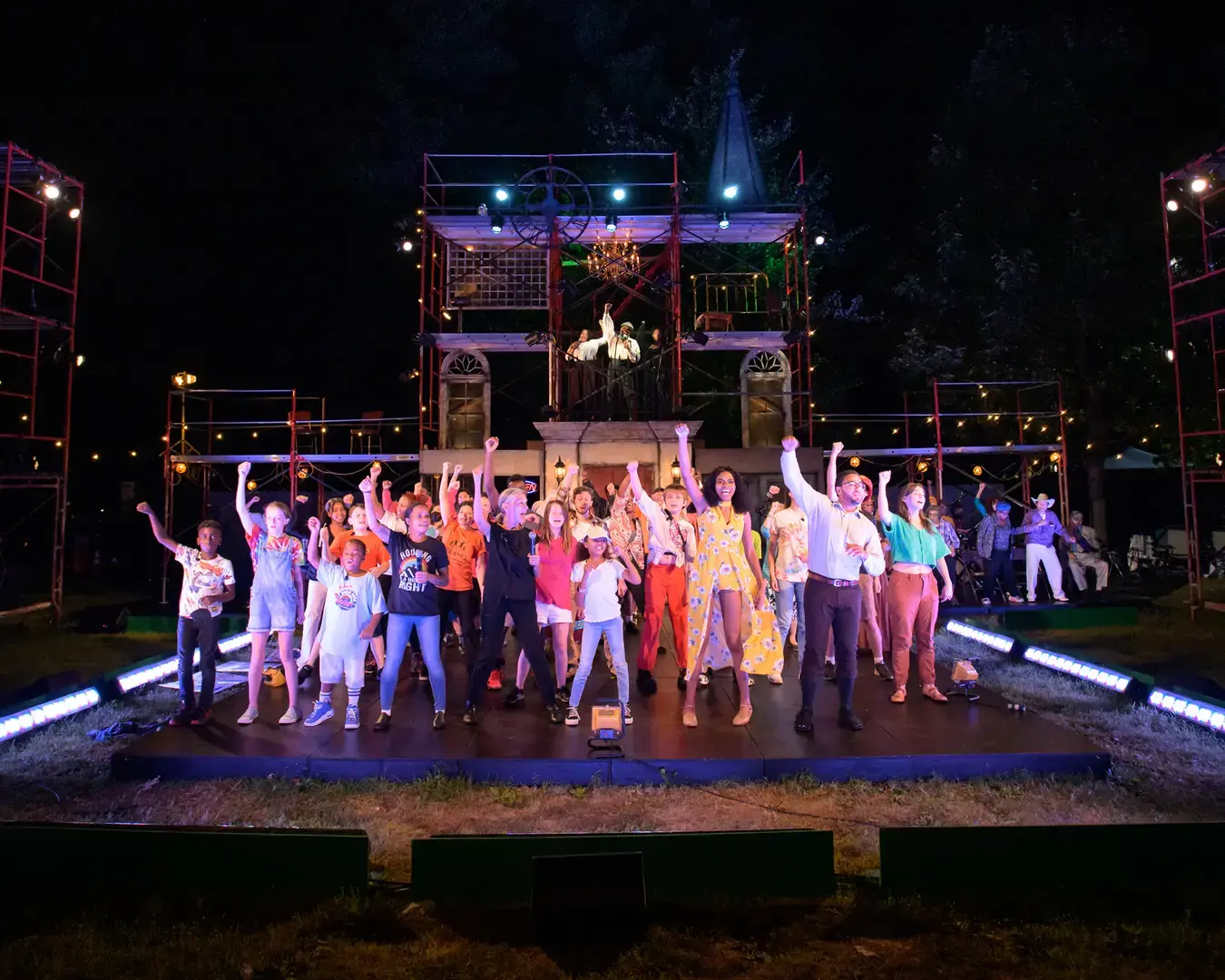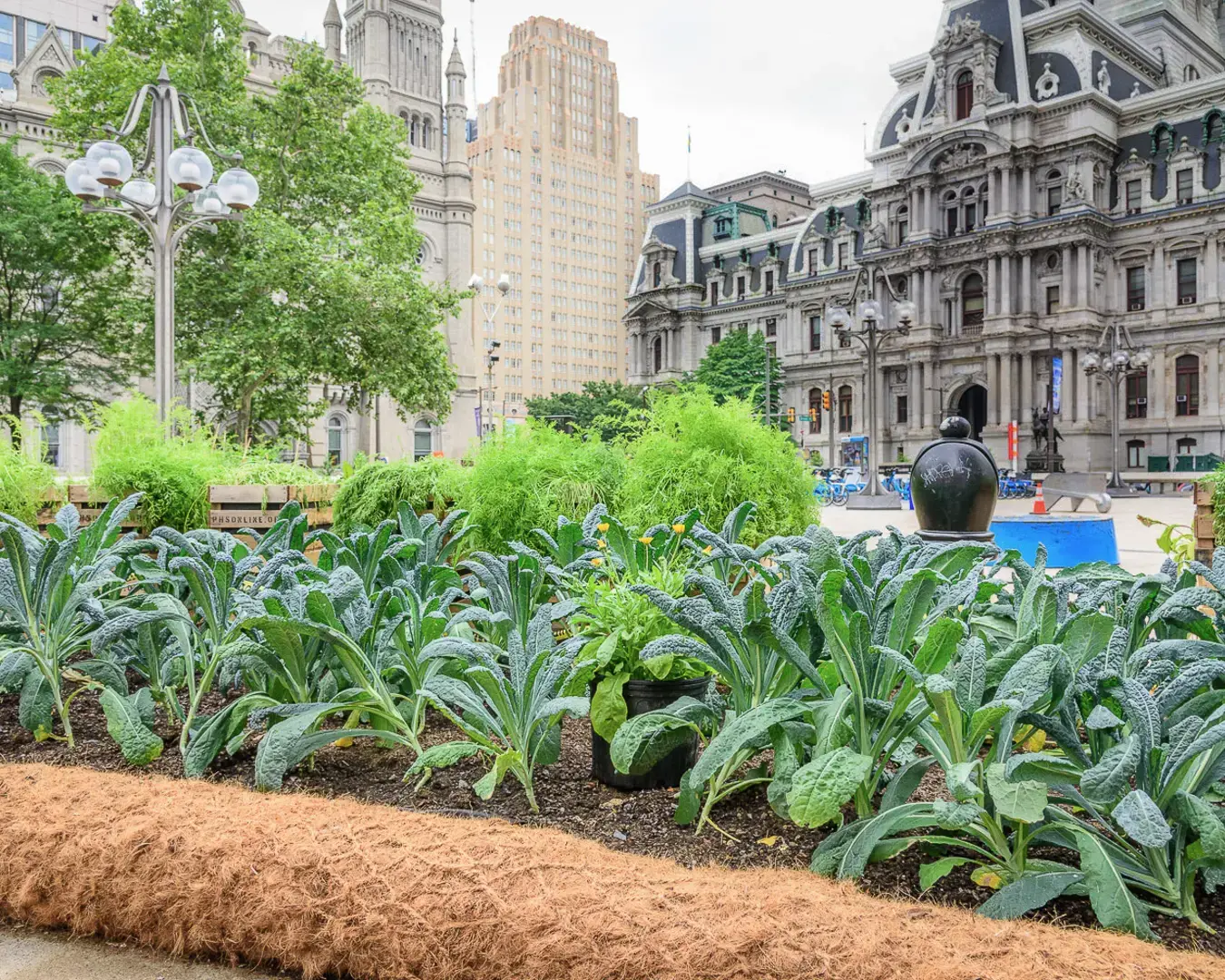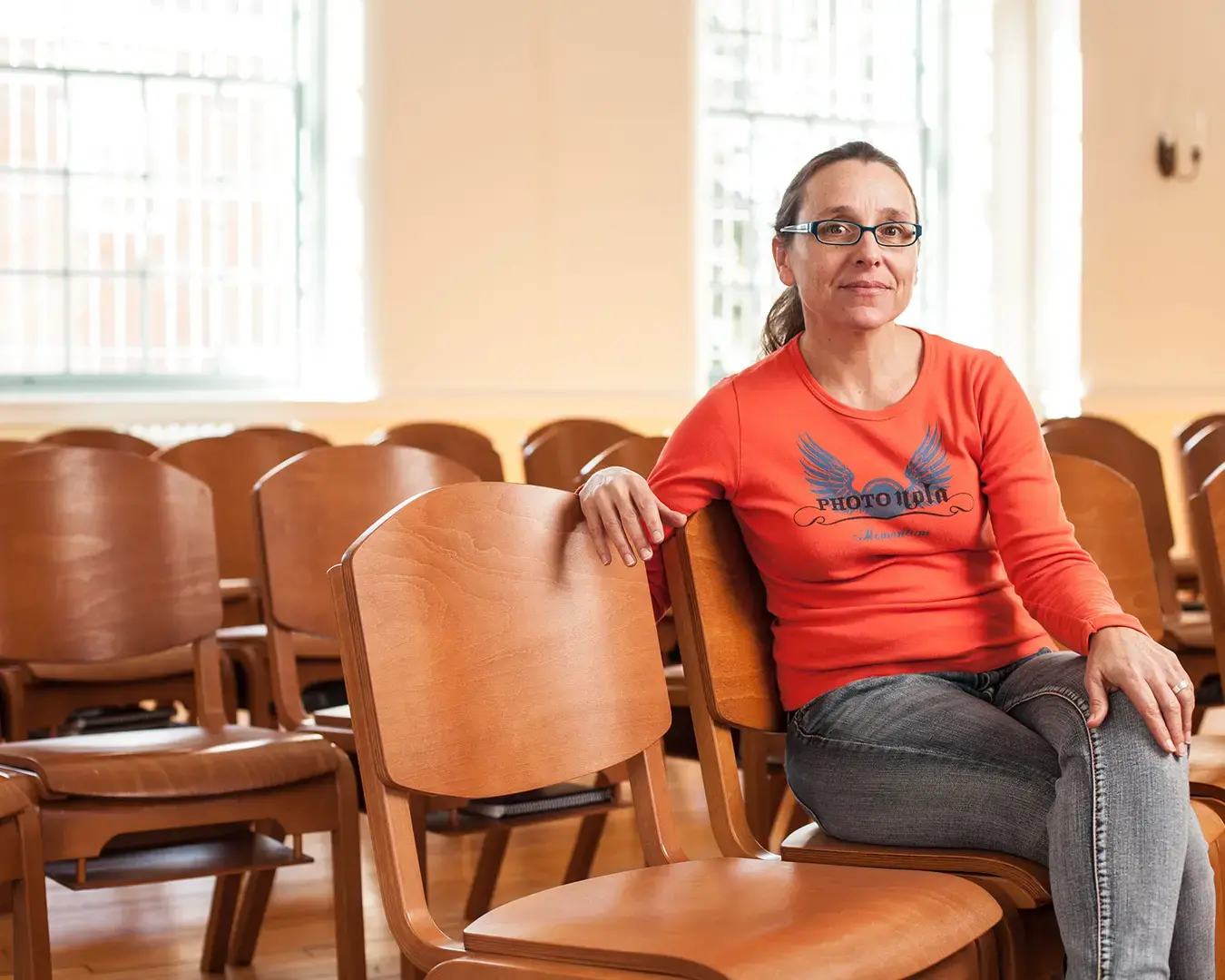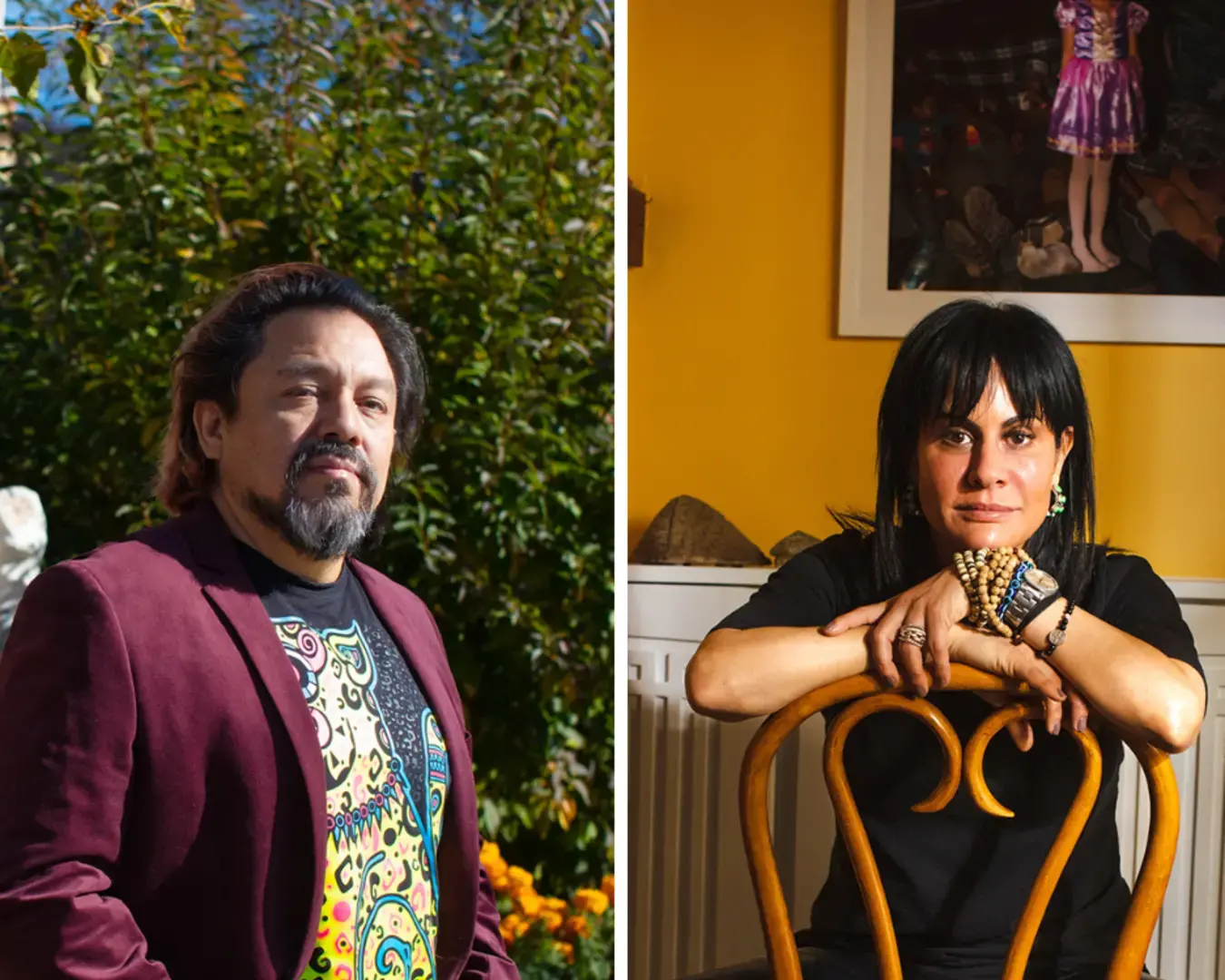South African photographer Zanele Muholi spoke to us during their year-long residency with Philadelphia Photo Arts Center. Muholi’s first major US-based project, the Women's Mobile Museum, reimagines a museum as a collaborative, mobile exhibition space, with works addressing representation and identity, created by ten Philadelphia women alongside works by Muholi and teaching artist Lindeka Qampi. In this video, Muholi explains why they describes themself as a “visual activist.”
A culminating exhibition was on view at Philadelphia Photo Arts Center in early 2019, in addition to an installation at the Pennsylvania Academy of the Fine Arts.
